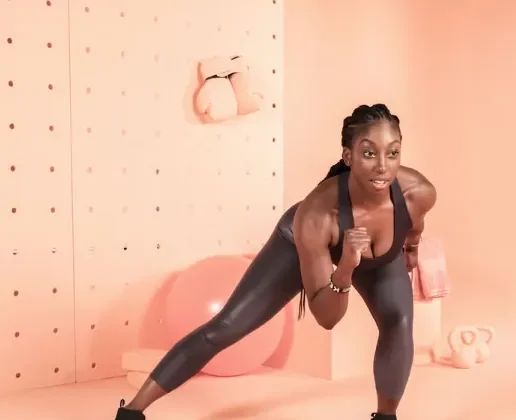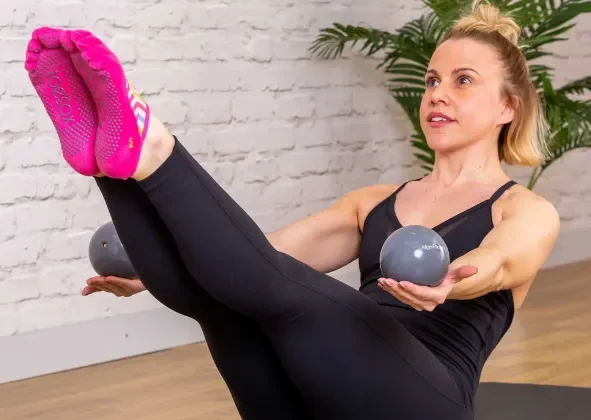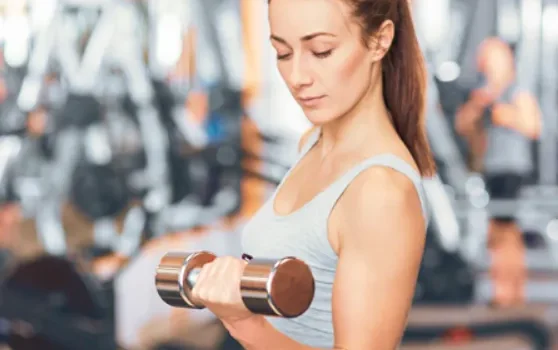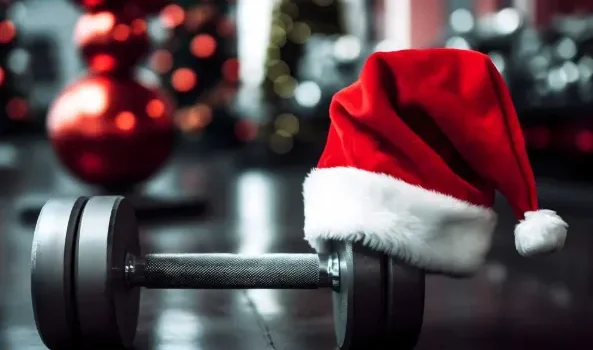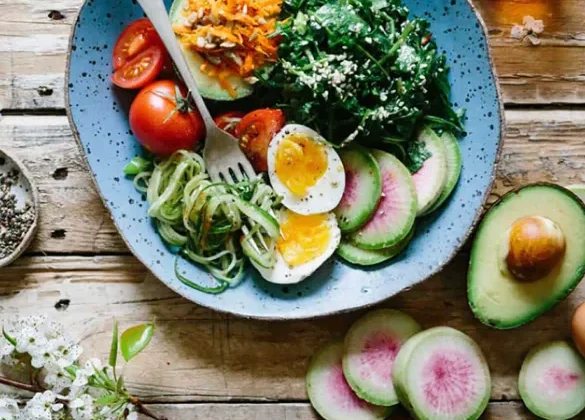
Living with hypertension (high blood pressure) requires active involvement in managing your health. By advocating for yourself and working with your healthcare team, you can ensure that your treatment plan aligns with your unique needs and preferences. Being well-informed and speaking up for your care empowers you to make the best decisions for your health.
Explore All Treatment Options
Hypertension can be managed through a combination of medications, lifestyle changes, and sometimes complementary therapies. It’s essential to discuss all available treatment options with your doctor so you can weigh the benefits and drawbacks of each. Some individuals prefer to minimize medication use or explore natural alternatives, while others may have budget considerations. Knowing your options will help you find the approach that works best for you.
Ask Informed Questions
Hypertension management involves various treatment strategies, so it’s crucial to ask questions about each option. Inquire about how medications work, potential side effects, costs, and whether generic versions are available. Don’t forget to ask about lifestyle changes like diet and exercise recommendations, stress management techniques, and any natural supplements that might complement your treatment.
Voice Your Concerns
Being upfront about any concerns you have with your hypertension treatment plan is important. Whether it’s the inconvenience of daily medication, the high cost, or the potential side effects, your healthcare provider needs to know so they can adjust your plan accordingly. For example, if you have trouble remembering to take daily medication, a combination pill or a timed-release option may reduce dosing frequency and improve adherence.
Seek Ongoing Education
Managing hypertension requires long-term commitment and staying informed. Ask your healthcare team to provide updates on the latest research and treatment options. Signing up for patient newsletters, attending educational classes, and checking trusted online sources can help you stay on top of new ways to manage your condition. The more knowledge you have, the more empowered you’ll be to make the best decisions. However, always consult your doctor before making any changes to your treatment plan.
Share Your Progress and Experiences
Let your healthcare provider know how you’re doing with your treatment plan. Be specific about what works and what doesn’t. For instance, if a particular medication causes side effects or if a lifestyle change, like a daily walk, helps lower your blood pressure, this feedback will help your doctor fine-tune your plan for better results.
Monitor Your Blood Pressure Regularly
Tracking your blood pressure at home can provide valuable insights into how your treatment plan is working. Consider investing in a home blood pressure monitor to take regular readings. You can show your doctor these trends, which can inform adjustments to your treatment. Additionally, track other factors like your diet, activity levels, and stress, as these can all impact your blood pressure.
Coordinate with All Healthcare Providers
If you see multiple healthcare providers for various conditions, make sure they’re all aware of your hypertension treatment plan. Sharing your medical history and treatment details ensures that your providers can work together effectively. Before adding any new medications or supplements, check with your doctor to ensure there are no harmful interactions.
Bring Support to Your Appointments
Having a trusted friend or family member accompany you to doctor visits can be incredibly helpful. They can assist with taking notes, reminding you of questions, and providing emotional support. If language barriers or other issues make communication difficult, patient advocates can help ensure you understand all aspects of your care.
Build a Positive Relationship with Your Healthcare Providers
Establishing a strong rapport with your doctors is crucial for managing hypertension effectively. When you feel comfortable with your healthcare team, you’re more likely to follow their advice and actively participate in your treatment. If you don’t feel that your current provider is a good fit, don’t hesitate to seek someone with whom you feel more at ease.
Collaborate in Decision-Making
Hypertension management should be a joint effort between you and your healthcare providers. Ask your doctors for options when decisions need to be made, and share your preferences. When your treatment plan reflects your values and goals, you’re more likely to stick with it, leading to better outcomes.
Advocate for Access to Treatment
If you face challenges like high medication costs, limited insurance coverage, or transportation issues, speak up. Your healthcare team can help you find solutions, such as clinics with sliding scale fees, patient assistance programs, or telehealth appointments. There are resources available—sometimes it just takes asking.
Join a Support Network
Connecting with others who have hypertension can provide valuable support and motivation. Sharing experiences, advice, and encouragement can make managing your condition easier. Whether in person or online, support groups can offer a sense of community and a reminder that you’re not alone in your journey.

